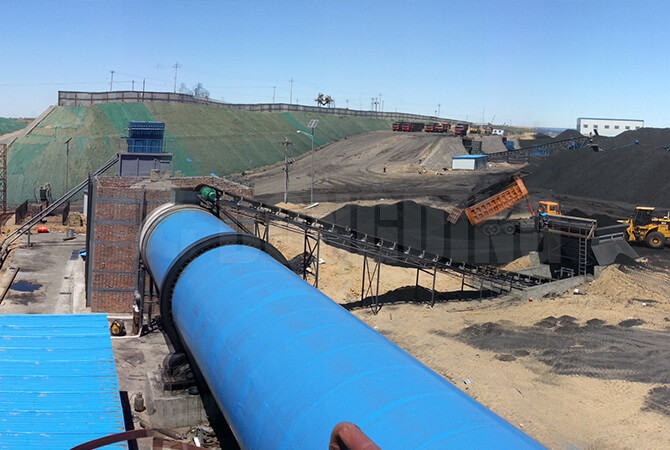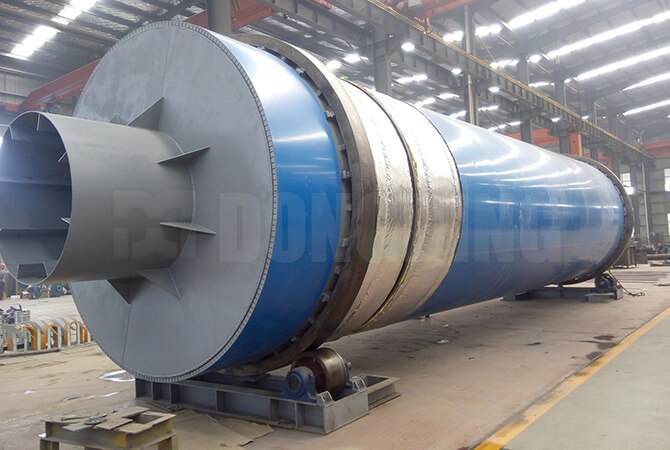Beet Pulp Dryer
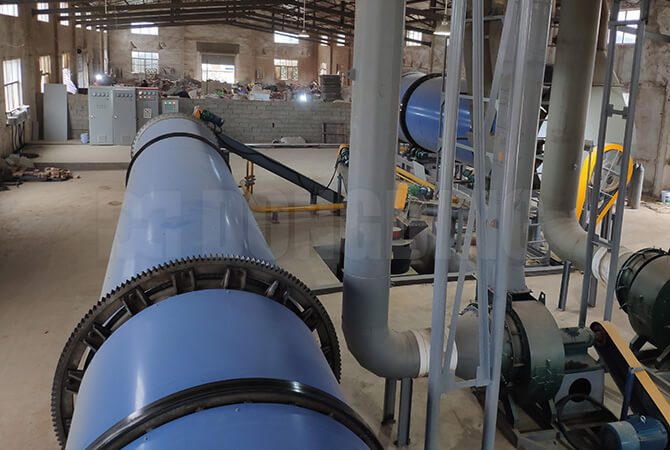
Sugar Beet Pulp Dryer Introduction
Sugar beet pulp is the by-product of beet sugar production process. With high nutritional value and a large amount of fiber and pectin, the beet residue has higher economic benefits after reprocessing. However, because the beet residue material contains a certain amount of moisture, it needs to be dried before its comprehensive utilization. After drying, the content of crude fat and crude fiber in beet meal will be greatly increased, and it is also convenient for storage and transportation. Our sugar beet pulp drying line guarantees the raw material quality while drying beet residue. With great adaptability, it can be used for multiple purposes and more practical.
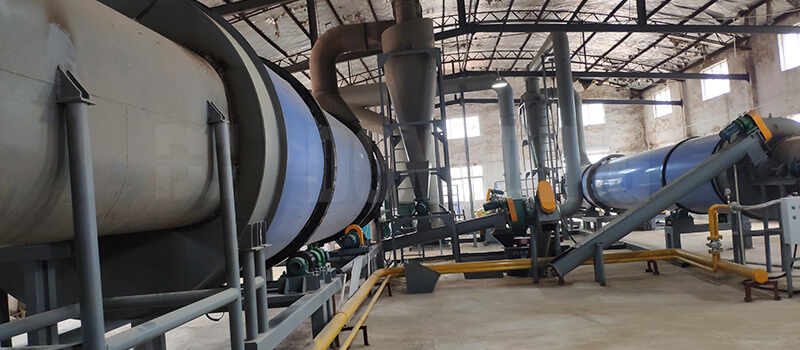
Advantages of Sugar Beet Residue Drying Machine
1. High-temperature fast drying process, large heat transfer coefficient, high thermal efficiency and high drying intensity.
2. Good sealing performance, less dust leakage, energy conservation and environmental protection.
3. Special scraping device is used to avoid the material sticking to the wall of rotary drum.
4. The drying equipment can operate continuously with stable operation and low failure probability.
5. The beet residue after drying has uniform drying degree, high drying quality, which is convenient for transportation and later reprocessing.
Sugar Beet Residue Dryer Wide Application
The beet residue dryer is widely used for drying fruit dregs, beet dregs, starch dregs, corn dregs, cassava residue, citric acid tailing, feed, bean dregs, protein powder, sludge, coal mud, medicine dregs, and other dregs materials.
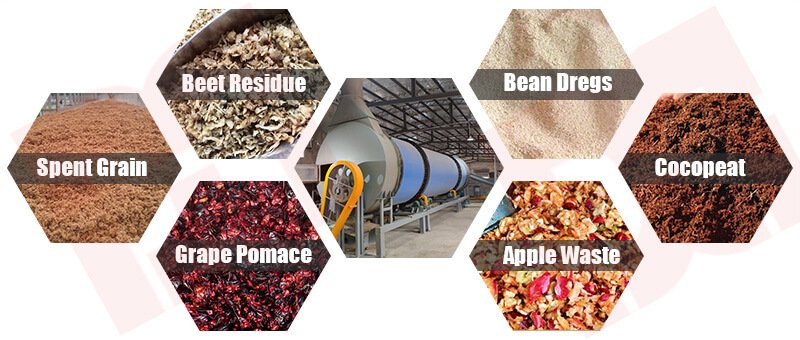
Composition of Complete Beet Residue Drying System
The beet residue dryer production line is mainly composed of heat source device, feeding and discharging device, dryer host, dust removal equipment, induced draft fan, power distribution cabinet and other accessories. The mutual cooperation between the equipment can better complete the drying of beet residue materials.
Beet Residues Dryer Working Principle
Sugar beet residue needs to be dehydrated by mechanical dehydration equipment before drying. After the sugar beet residue is dehydrated to a certain amount of water, it can enter the dryer to reduce the burden of the dryer and improve the drying efficiency of the rotary dryer. The material enters the dryer drum through the conveyor, and fully contacts with the high-temperature hot air in the drum, thus greatly reducing the moisture of the material. In addition, the drum is equipped with a dispersing device, which increases the contact area between materials and high-temperature hot air, shortens the drying time of materials, and improves the working efficiency of the drying equipment. With the continuous rotation of the drum, the materials are discharged from the discharge port after drying, thus completing the drying of beet residue materials.
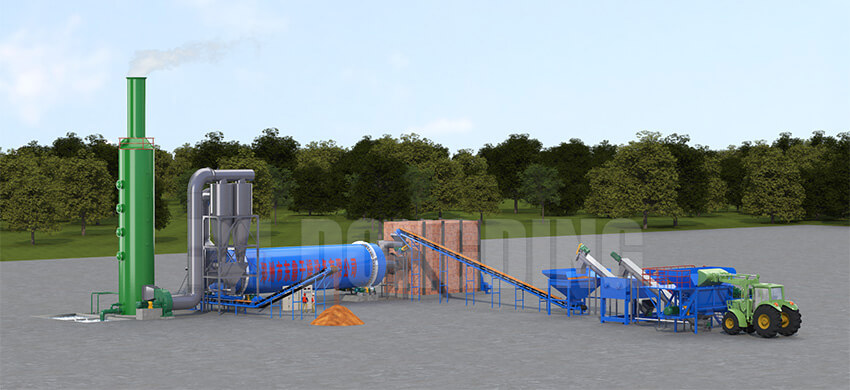
Beet Residue Dryer Working Video
Beet Pulp Dryer Technical Parameters
Model | DDSG2010 | DDSG 2210 | DDSG 2510 | DDSG 2512 | DDSG 2912 |
Capacity (t/d) | 63.5-144.5 | 67.5-154.0 | 83.5-193.0 | 100-227.0 | 120.0-268.0 |
Vaporization (t/h) | 1.850 | 1.976 | 2.427 | 2.912 | 3.432 |
Initial moisture (%) | 35~60 | 35~60 | 35~60 | 35~60 | 35~60 |
Final moisture (%) | 12~15% | 12~15% | 12~15% | 12~15% | 12~15% |
Drying temperature | 270℃±3 | 270℃±3 | 270℃±3 | 270℃±3 | 270℃±3 |
Power(kw) | 78 | 85 | 110 | 125 | 135 |
Weight (kg) | 25000 | 27000 | 35000 | 38000 | 43500 |
Plant area (㎡) | 8m×18m | 10m×18m | 10m×18m | 10m×20m | 10m×22m |

